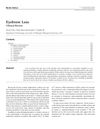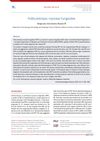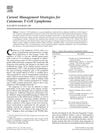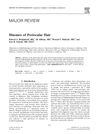Follicular Mucinosis in Association with Sézary Syndrome
May 1987
in “
Clinical and Experimental Dermatology
”
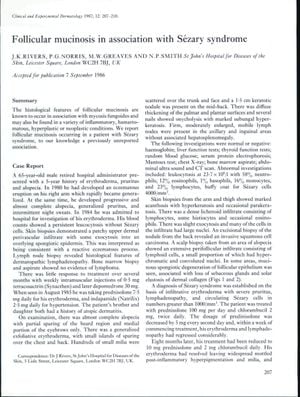
TLDR A patient with Sézary syndrome showed improvement after treatment and the study suggested follicular mucinosis might indicate future lymphoma risk.
In 1987, a study reported a previously unreported association of follicular mucinosis with Sézary syndrome in a 65-year-old male patient. The patient presented with a 5-year history of erythroderma, pruritus, and alopecia, and was eventually diagnosed with Sézary syndrome based on symptoms including infiltrative erythroderma, lymphadenopathy, and the presence of circulating Sézary cells. Histopathological examination revealed follicular mucinosis, characterized by mucinous degeneration of follicular epithelium and loss of sebaceous glands. The patient's condition improved with treatment using prednisolone and chlorambucil, leading to considerable regression of erythroderma and lymphadenopathy, and some hair regrowth in the moustache area. The study suggested that follicular mucinosis might be a non-specific reaction pattern in patients with erythroderma and alopecia, and raised the question of whether the presence of follicular mucinosis could indicate the potential development of cutaneous T-cell lymphoma in the future.
